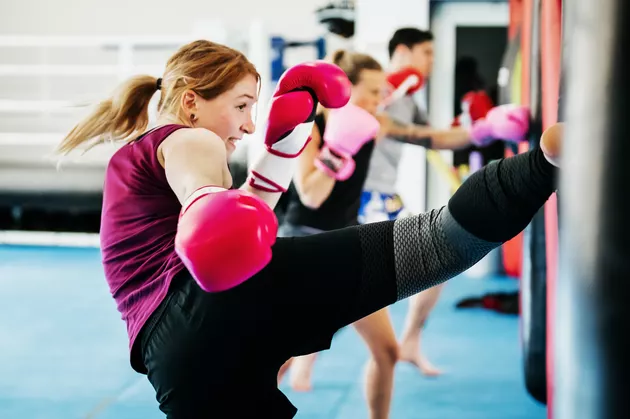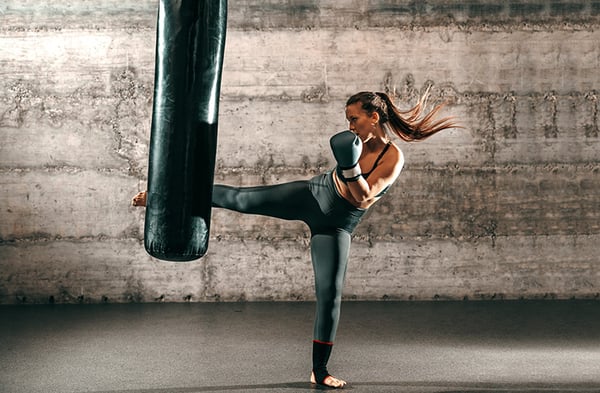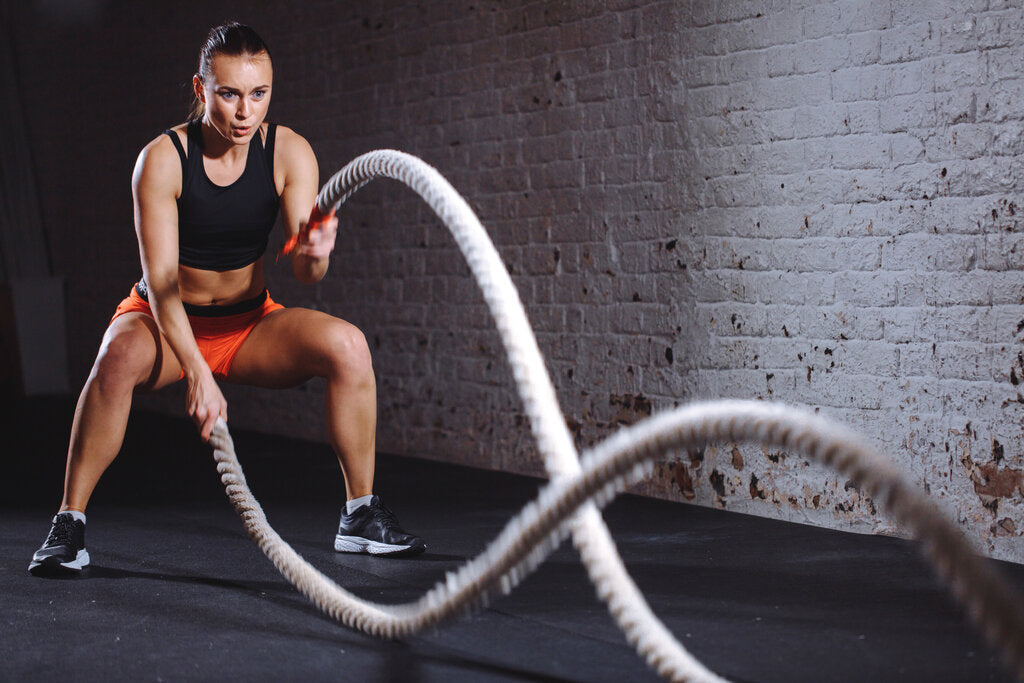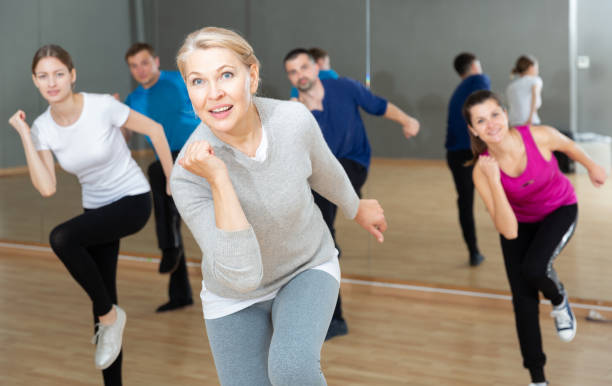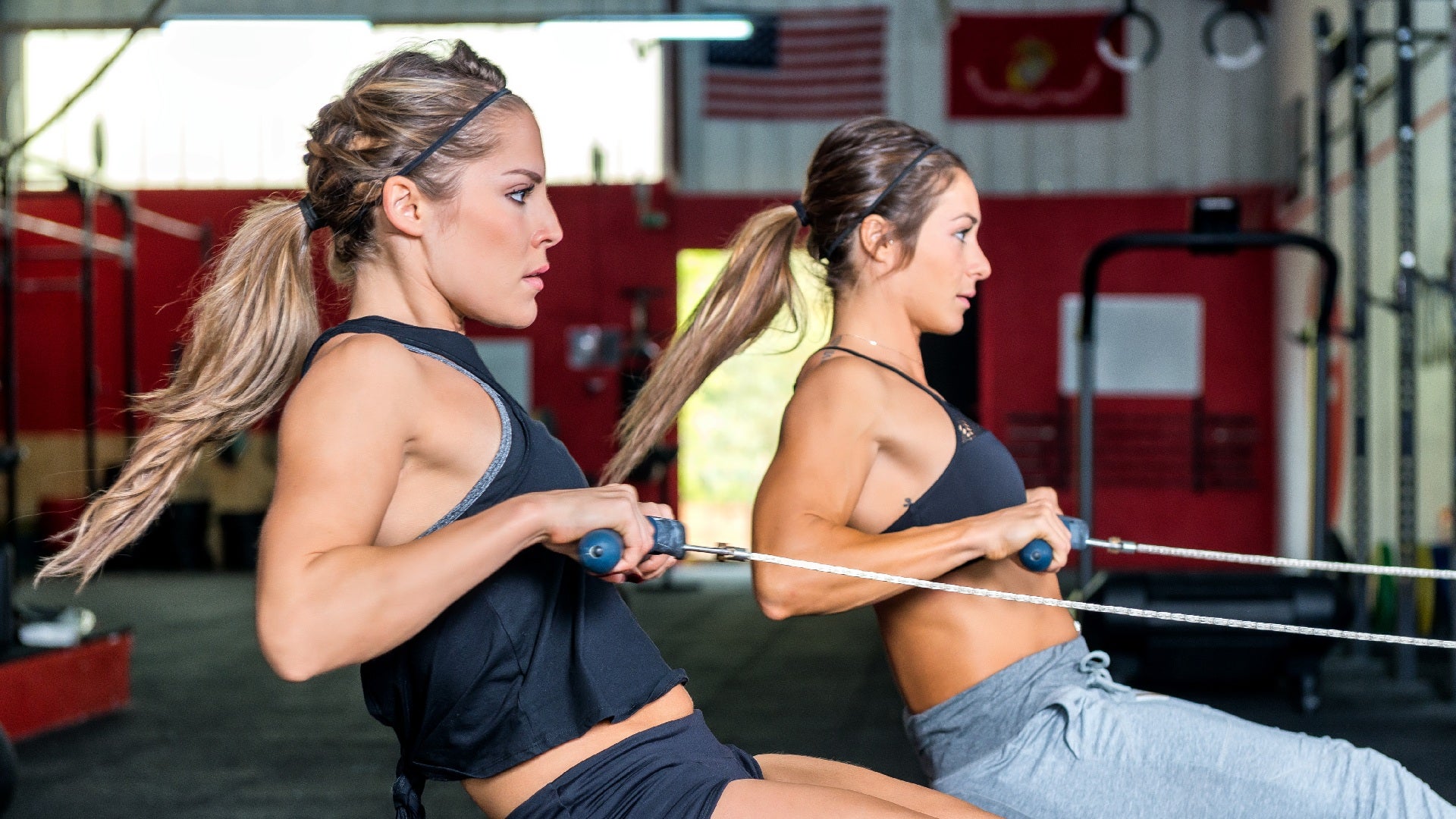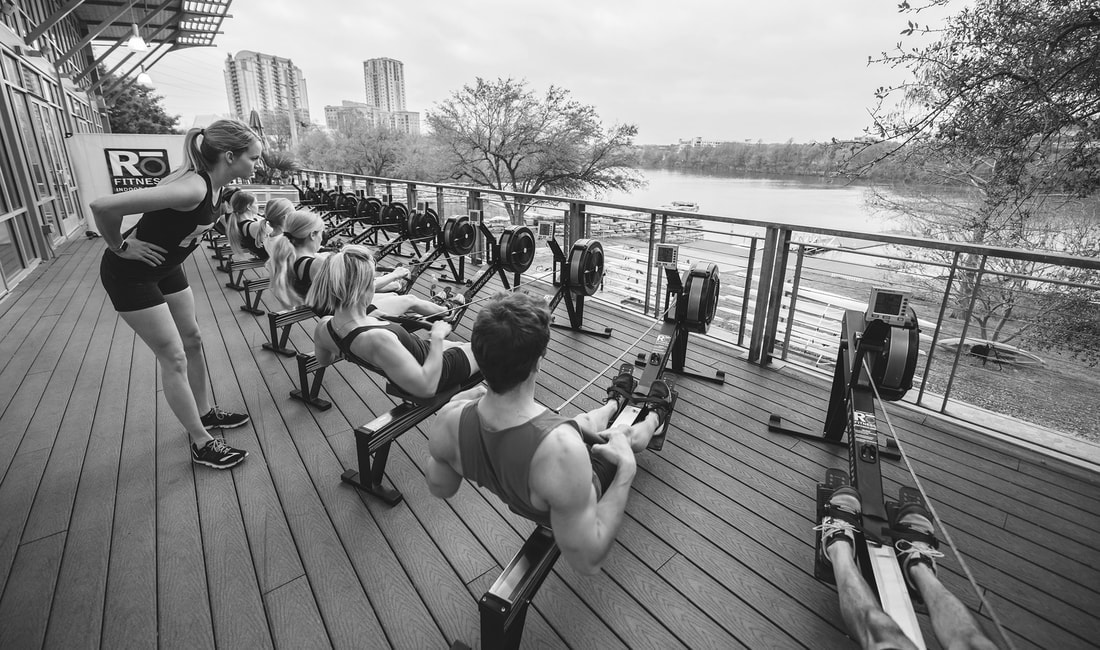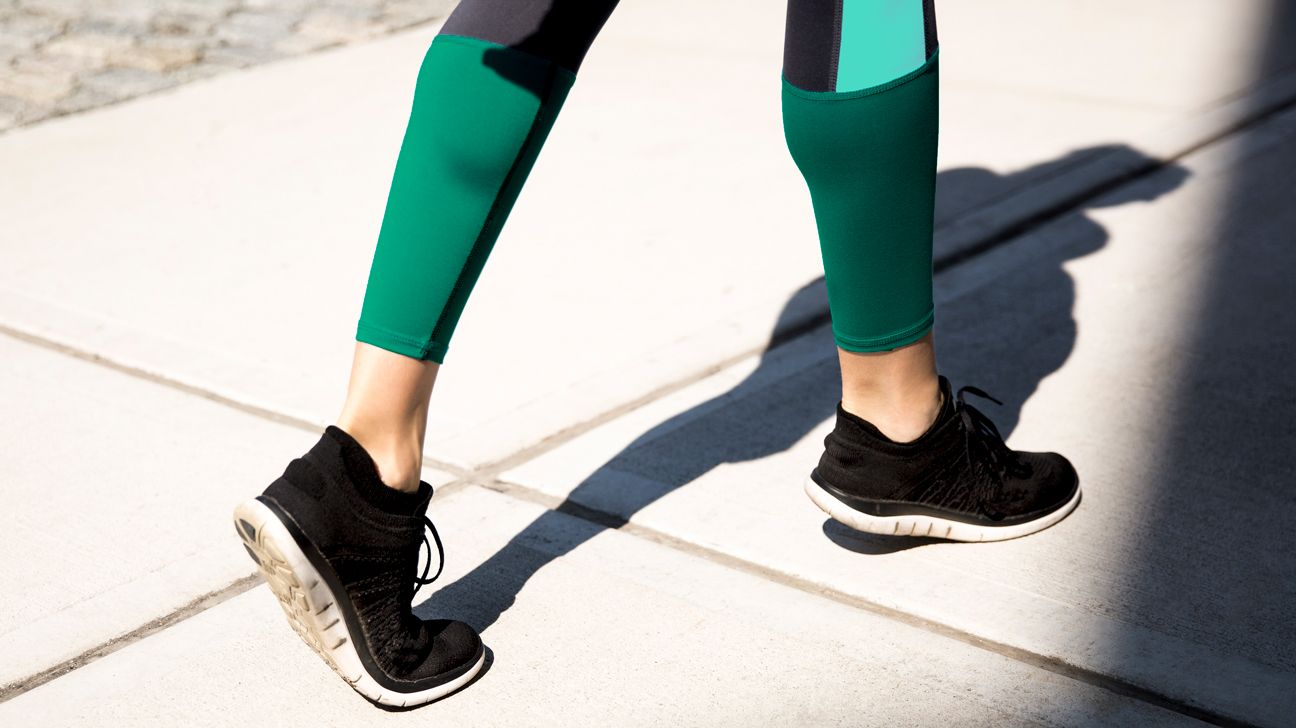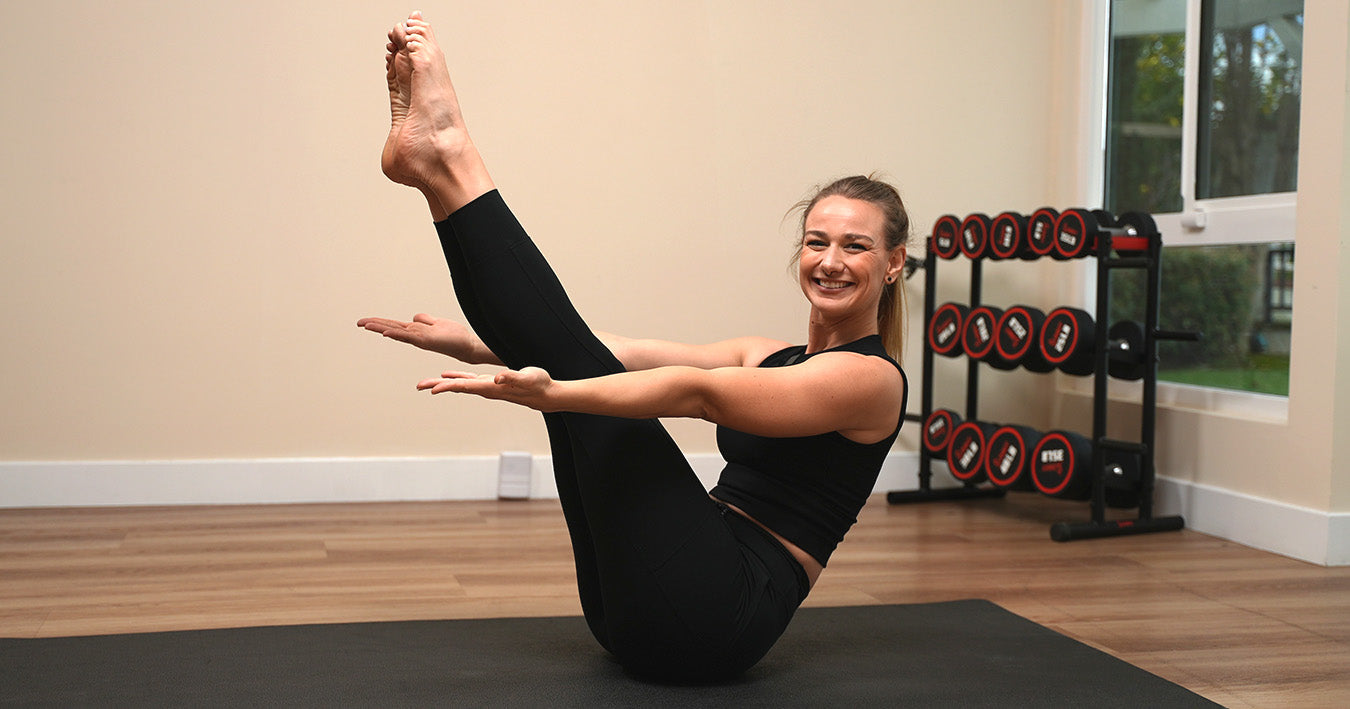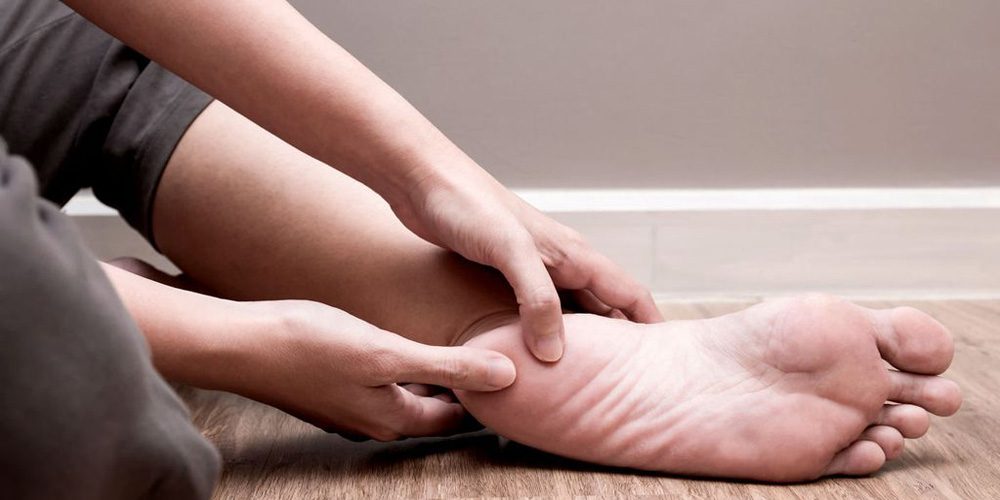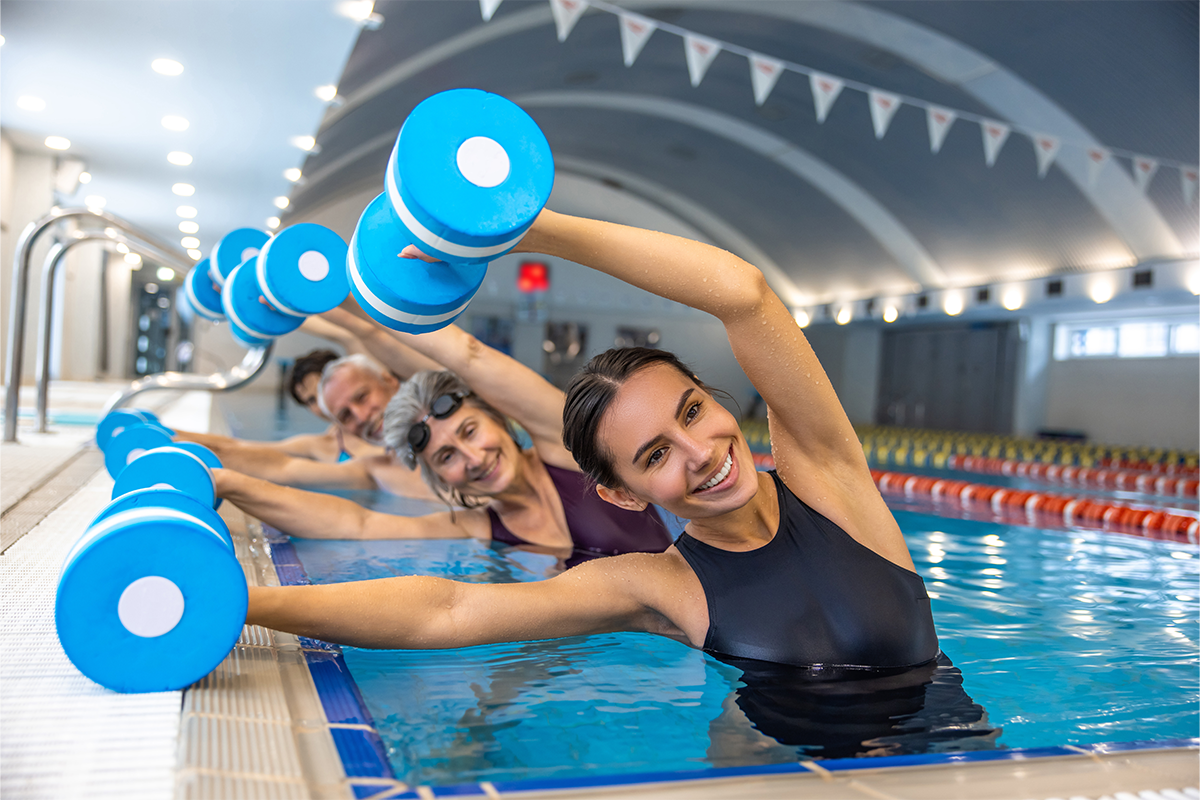"Cardiovascular (Aerobic) Exercise:Kickboxing and Martial Arts"
Advantages of Kickboxing and Hand to hand fighting for Cardiovascular Wellbeing
1. Worked on Cardiovascular Wellbeing
Kickboxing and hand to hand fighting are serious vigorous exercises that include ceaseless development, expanding pulse and upgrading cardiovascular wellness. High-energy kicks, punches, and quick body developments further develop dissemination, reinforce the heart, and lift lung limit. Ordinary combative techniques preparing can bring down pulse, diminish the gamble of coronary illness, and advance generally speaking heart wellbeing.
2. Full-Body Exercise and Muscle Conditioning
Combative techniques and kickboxing connect essentially every muscle bunch in the body. Kicks fortify the legs, center developments foster abs, and punches connect with the chest area, making a balanced, full-body exercise. The dangerous, focused energy moves construct fit muscle, further develop muscle tone, and assist with fostering a reasonable, strong constitution.
3. Unhealthy Consume and Weight reduction
Hand to hand fighting and kickboxing are exceptionally compelling for calorie consume and fat misfortune. A one-hour kickboxing meeting can wreck to 600-800 calories, contingent upon the force and kind of preparing. As an extreme cardio exercise (HIIT) movement, kickboxing helps increment metabolic rate, which keeps on consuming calories even after the exercise.
4. Improved Readiness, Equilibrium, and Coordination
Kicking, punching, evading, and turning require exact coordination and equilibrium. Rehearsing these methods creates spryness, body control, and coordination, which can work on by and large physicality and coordinated movements. Combative techniques preparing refines reflexes and body mindfulness, making day to day developments and different games exercises more effective and adjusted.
5. Expanded Adaptability and Scope of Movement
The unique developments in combative techniques, like high kicks and profound positions, further develop adaptability in the hips, legs, and shoulders. Ordinary extending, a fundamental piece of hand to hand fighting, expands scope of movement and forestalls muscle snugness. Upgraded adaptability lessens the gamble of wounds, further develops pose, and considers a more noteworthy assortment of developments.
6. Emotional wellness Advantages and Stress Alleviation
Kickboxing and hand to hand fighting preparation offer huge emotional well-being benefits, including pressure decrease and worked on mental lucidity. Active work discharges endorphins, which lift mind-set and lessen pressure. The center expected in combative techniques advances care, assisting experts with overseeing tension and remain grounded. Moreover, the actual outlet of striking or hooking can be soothing, offering a sound method for delivering pressure.
7. Discipline, Certainty, and Confidence
Hand to hand fighting ingrains discipline, as every procedure requires centered practice, persistence, and determination. The movement through belt positions or expertise levels supports confidence and certainty, and accomplishing objectives constructs a feeling of achievement. Hand to hand fighting preparation shows strength, objective setting, and self-control, which are appropriate to all everyday issues.
Kinds of Kickboxing and Combative techniques Exercises
Muay Thai (Thai Kickboxing):
Muay Thai, or Thai kickboxing, is known as the "specialty of eight appendages" since it consolidates hits with clench hands, elbows, knees, and shins. This full-physical game forms power, perseverance, and deftness, with drills, for example, cushion work, informal sparring, and weighty pack preparing, making it a fantastic cardiovascular exercise.
Boxing:
Boxing includes strong punches, quick footwork, and head development. It gives an extraordinary cardio exercise while developing chest area fortitude, perseverance, and coordination. Boxing exercises frequently incorporate drills like leap rope, glove work, and sack preparing to foster method and endurance.
Karate:
Karate is a Japanese military workmanship that spotlights on strikes, blocks, and guarded moves. It consolidates a progression of katas (structures) and fighting drills that work on cardiovascular wellness, discipline, and mental concentration. Karate improves adaptability and shows exact, controlled developments.
Taekwondo:
Taekwondo, a Korean military craftsmanship, underlines high kicks, quick footwork, and turning procedures. It's profoundly high-impact and further develops adaptability, equilibrium, and leg strength. Taekwondo bores frequently include dull kicking successions, nimbleness activities, and competing, making it powerful for cardiovascular molding.
Brazilian Jiu-Jitsu (BJJ):
Brazilian Jiu-Jitsu is a hooking put together military workmanship that concentrations with respect to ground battling, entries, and influence. While it may not include extreme focus striking, BJJ requires huge cardiovascular perseverance and strength, especially during competing meetings, where professionals continually move and protect.
Kickboxing (American or Cardio Kickboxing):
Kickboxing consolidates components of boxing and conventional combative techniques. Cardio kickboxing, specifically, underlines high-energy, non-contact strategies and is a famous type of gathering exercise. It centers around further developing endurance, muscle tone, and cardiovascular wellbeing.
Blended Hand to hand fighting (MMA):
MMA consolidates different disciplines, including kickboxing, Brazilian Jiu-Jitsu, wrestling, and Muay Thai, making it a complete exercise that challenges the body and brain. MMA preparing includes striking, hooking, and molding drills, making it requesting yet compensating for cardiovascular wellbeing.
Strategies for Powerful Kickboxing and Combative techniques Preparing
Ace the Rudiments First:
Prior to progressing to complex strategies, center around dominating fundamental developments like pokes, crosses, and kicks. Legitimate structure is fundamental to stay away from injury and increment the adequacy of each move. Rehearsing the nuts and bolts establishes areas of strength for a point for further developed procedures.
Integrate Stretch Preparation:
Hand to hand fighting preparation frequently incorporates stretch style exercises, switching back and forth between extreme focus striking drills and short recuperation periods. This stretch arrangement lifts the pulse, consumes calories, and further develops perseverance. For instance, a meeting could include three-minute rounds of punching mixes followed by a moment of rest.
Practice Footwork and Development:
Footwork is basic in hand to hand fighting and kickboxing, as it permits professionals to keep up with equilibrium, distance, and control. Rehearsing mixes, turns, and steps further develops dexterity and coordination, making methods more successful and liquid.
Draw in the Center:
The center assumes an imperative part in hand to hand fighting, as it settles the body and creates power for kicks and punches. Draw in the center muscles while striking or performing cautious moves to further develop strength, control, and perseverance.
Utilize Controlled Relaxing:
Legitimate breathing keeps up with energy and control, especially during extreme focus drills. Breathe in profoundly before effort and breathe out pointedly with each punch or kick to further develop center and forestall exhaustion. Controlled breathing is fundamental for keeping up with endurance during fighting or extraordinary preparation.
Consolidate Competing and Pack Work:
Competing with an accomplice reproduces genuine battle situations, further developing timing, reflexes, and versatility. Pack work, similar to weighty sack preparing, considers full-power strikes and assembles perseverance, strength, and power. These preparation strategies add authenticity and challenge to combative techniques practice.
Injury Avoidance Tips for Kickboxing and Hand to hand fighting
Warm-Up and Extending:
Start every meeting with a get ready to plan muscles and joints. Light cardio, dynamic stretches, and informal sparring are viable for heating up, particularly focusing on the hips, shoulders, and wrists, which are vigorously utilized in combative techniques.
Utilize Appropriate Stuff:
Defensive stuff like gloves, shin protectors, and mouthguards is fundamental to forestall injury, particularly during fighting. Gloves safeguard the hands and wrists, while shin protectors pad influence on the legs. Quality, well-fitting stuff diminishes the gamble of injury.
Center around Procedure, Not Simply Power:
Unfortunate strategy can prompt injury, especially in high-influence sports like kickboxing. Center around structure and control prior to adding capacity to strikes. Appropriate method lessens stress on joints and muscles, forestalling wounds.
Limit High-Effect Preparing:
High-influence strikes, for example, kicks and punches, put weight on the body. To keep away from abuse wounds, offset high-influence preparing with low-influence drills, for example, informal sparring or strategy drills, to forestall weakness and strain.
Permit Time for Recuperation:
Rest days are pivotal for recuperation and injury counteraction. Hand to hand fighting preparation is requesting on the muscles and joints, so getting some much needed rest takes into consideration muscle fix and forestalls burnout. Consolidating low-force exercises, for example, yoga or extending, on rest days keeps up with adaptability.
Methods for Beginning with Kickboxing and Combative techniques
Begin with a Class or Teacher:
Fledglings benefit extraordinarily from direction, so begin with a class or a certified educator who can show legitimate strategy and security. Numerous exercise centers offer fledgling well disposed combative techniques classes or kickboxing programs that present nuts and bolts in a steady climate.
Put forth Unambiguous Objectives:
Figure out what you need to accomplish through hand to hand fighting preparation, whether it's further developing wellness, learning self-protection, or acquiring certainty. Clear objectives give inspiration and bearing, assisting you with zeroing in on progress and improvement.











